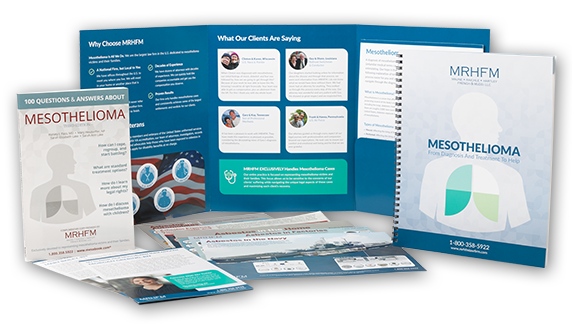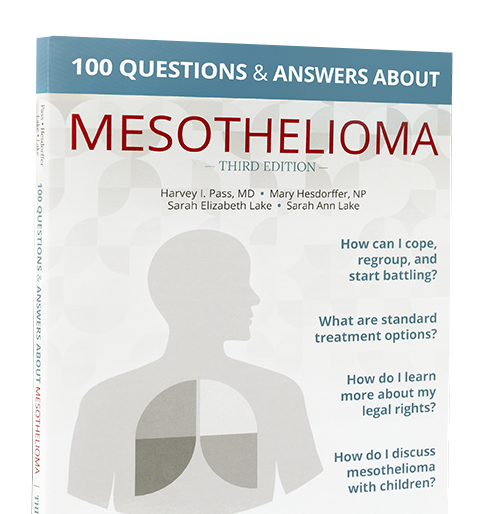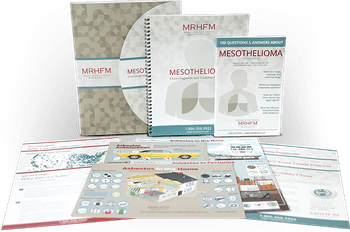Asbestos is the generic name for six naturally occurring minerals. It is composed of silicon, oxygen, hydrogen, and several different metals. It became popular during the 20th century as manufacturers found that the mineral could be used to provide strength, flexibility, and resistance to chemicals, heat and flame in thousands of different products. Because asbestos is made up of fiber bundles which easily separate into long, thick fibers it was often used as a raw material in textile mills. Sadly, this put textile mill workers at risk of developing mesothelioma cancer from asbestos exposure.
Textile mill workers manufacture tapes, rope, yarn, thread and fabric from raw material that often included cotton, bamboo, straw, animal hair and fur, glass fiber, and synthetic materials such as nylon, spandex, and polyester. We now know that asbestos can lead to mesothelioma cancer and other illnesses, but before this became public knowledge, textiles were often made with asbestos fibers as well. Asbestos use proved profitable for textiles companies because the resistance to heat and fireproofing abilities provided by asbestos clothing made it perfect for protective clothing used by factories, oil fields, and firefighters.
While undamaged, this protective clothing posed little threat of endangering those wearing it. However, when it was worn out, cut or torn the tiny asbestos fibers were released into the air creating a hazard. These fibers were also made airborne during the many processing steps taken to transform the raw asbestos into protective clothing, tapes, and rope. While asbestos fibers were milled, piled, carded and spun into yarn loose fibers created high levels of asbestos dust inside the mill. Once released in the air, these fibers can linger in the air where they can easily cling to hair and clothing and be inhaled and swallowed. As asbestos fibers enter they body, they can cause inflammation and scarring to organ tissues as the body attempts, in vain, to reject them. This buildup of scar tissue may eventually lead to the development of lung cancer, mesothelioma cancer, asbestosis and other asbestos-related diseases.
Millions of people have been exposed to asbestos over the years. Generally, it takes 10 to 60 years from the time of asbestos exposure until symptoms appear or mesothelioma is diagnosed. Only now are we able to see the disastrous effects of asbestos exposure in the workplace.Many of the companies have established trust funds to pay compensation to persons injured by asbestos.
If you have mesothelioma, or other asbestos-related injury, and wish to consult an attorney about your legal rights to compensation, CLICK HERE for a free consultation.





